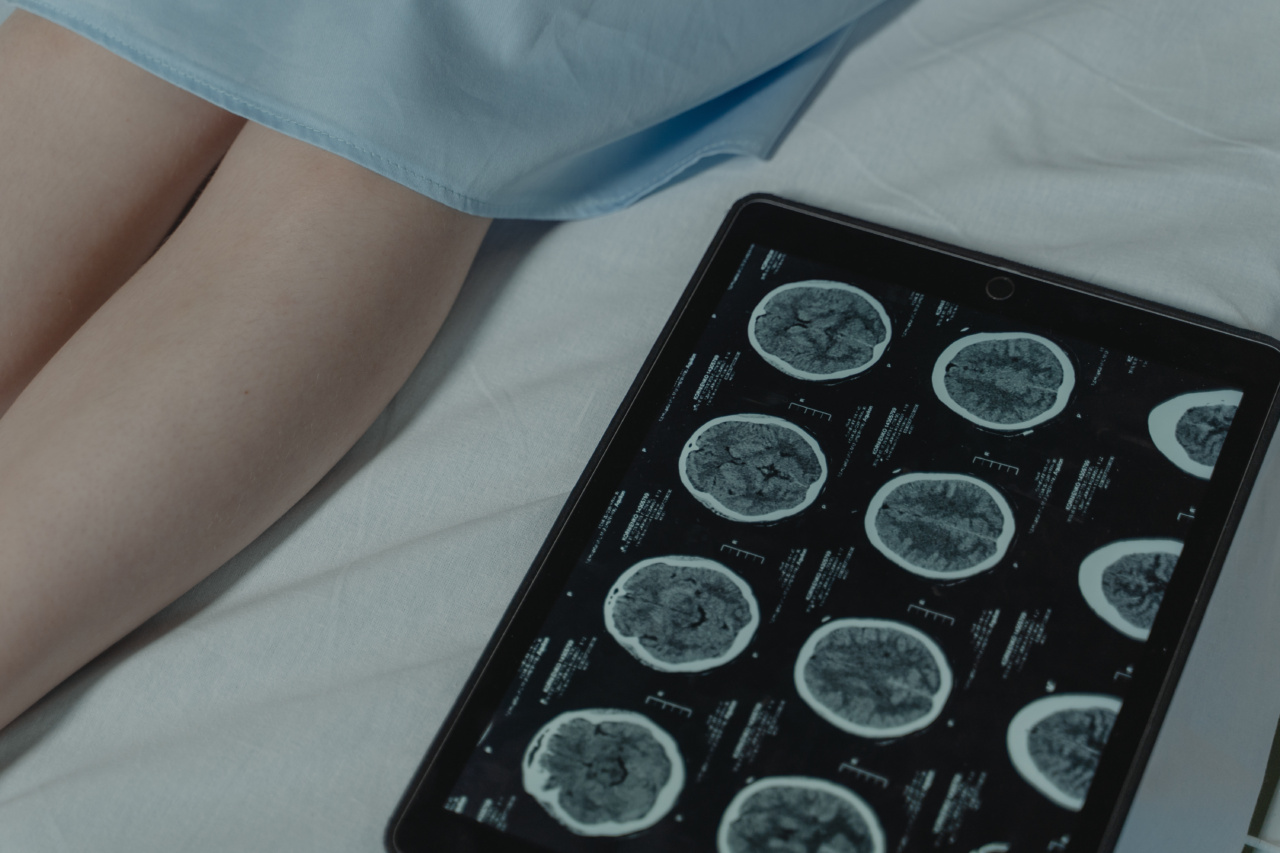Lung cancer is one of the leading causes of cancer-related deaths worldwide. It is often diagnosed at an advanced stage, making treatment more challenging and reducing the chances of survival.
However, with advanced screening techniques, early detection of lung cancer is possible, enabling prompt treatment and improving patient outcomes. In this article, we will explore the various advanced screening techniques available for preventing lung cancer.
1. Low-dose Computed Tomography (LDCT)
Low-dose computed tomography (LDCT) is a powerful screening tool for lung cancer. It uses X-rays to create detailed cross-sectional images of the chest, allowing healthcare professionals to detect even small abnormalities in the lungs.
LDCT is particularly effective in identifying early-stage lung cancer when it is most treatable. Several studies have demonstrated the benefits of LDCT screening in reducing lung cancer mortality.
2. Biomarker Testing
Biomarker testing involves analyzing specific genetic or molecular characteristics of a tumor to guide targeted therapy.
Non-small cell lung cancer (NSCLC), the most common type of lung cancer, often presents with specific genetic mutations or alterations. Biomarker testing helps identify these mutations, enabling treatment with targeted therapies that attack cancer cells with precision while minimizing damage to healthy tissues.
3. Next-Generation Sequencing (NGS)
Next-generation sequencing (NGS) is a high-throughput DNA sequencing technique that enables the analysis of multiple genes simultaneously.
NGS can identify genetic mutations associated with lung cancer and provide valuable insights for personalized treatment approaches. By analyzing a large number of genes at once, NGS enhances the efficiency and accuracy of genetic testing, enabling oncologists to make informed treatment decisions.
4. Liquid Biopsies
Liquid biopsies are a non-invasive alternative to traditional tissue biopsies. They involve analyzing various biomarkers, such as circulating tumor DNA (ctDNA) or circulating tumor cells (CTCs), present in a patient’s blood sample.
Liquid biopsies can help detect lung cancer and monitor treatment response, providing real-time information on the tumor’s genetic profile and potential resistance mechanisms.
5. Artificial Intelligence (AI)
Artificial intelligence (AI) has revolutionized medical imaging analysis, including lung cancer screening. AI algorithms can analyze large amounts of medical imaging data, such as CT scans, and accurately detect suspicious lung nodules or tumors.
By assisting radiologists and clinicians in interpreting imaging findings, AI improves the sensitivity and specificity of lung cancer screening, reducing false negatives and false positives.
6. Virtual Bronchoscopic Navigation
Virtual bronchoscopic navigation (VBN) is a minimally invasive technique used to detect lung cancer in its early stages.
It involves combining CT imaging with real-time navigation to visualize the inside of the airways and identify any suspicious lesions. VBN helps guide biopsies or surgical resections, facilitating accurate lung cancer diagnosis and staging while minimizing procedural risks.
7. Molecular Imaging
Molecular imaging techniques, such as positron emission tomography (PET) scans, can detect lung cancer by visualizing specific cellular or molecular processes.
During a PET scan, a small amount of radioactive substance is injected into the patient’s body, which is then taken up by cancer cells. The PET scanner detects the radioactive signal and creates detailed images of the tumor. Molecular imaging helps identify cancerous lesions, determine their metabolic activity, and assess the spread of the disease.
8. 3D Tumor Analysis
Advanced imaging techniques, such as three-dimensional (3D) tumor analysis, provide valuable information about a lung tumor’s size, shape, and location.
3D tumor analysis allows for precise treatment planning and accurate assessment of tumor response to therapy. It aids in determining the optimal surgical approach, radiation therapy delivery, or assessing the efficacy of chemotherapy or targeted treatments.
9. Telemedicine and Remote Monitoring
Telemedicine and remote monitoring have gained significant importance in the era of COVID-19. These technologies facilitate remote consultations between patients and healthcare professionals.
By leveraging telemedicine, individuals at high risk for lung cancer can consult specialists, discuss their symptoms or concerns, and undergo virtual screening. Remote monitoring utilizing wearable devices can also provide valuable data for continuous monitoring of lung function and early detection of any potential abnormalities.
10. Smoking Cessation Programs
Preventing lung cancer is not complete without addressing the most significant risk factor – smoking. Smoking cessation programs play a crucial role in reducing the incidence of lung cancer.
These programs incorporate counseling, behavioral interventions, and pharmacotherapy to help individuals quit smoking and minimize their exposure to harmful tobacco-related carcinogens. Early detection techniques are vital, but quitting smoking altogether remains the most effective way to prevent lung cancer.
Conclusion
Early detection of lung cancer significantly improves patient outcomes and survival rates.
Advanced screening techniques, such as low-dose computed tomography (LDCT), biomarker testing, next-generation sequencing (NGS), liquid biopsies, artificial intelligence (AI), virtual bronchoscopic navigation (VBN), molecular imaging, 3D tumor analysis, telemedicine, and smoking cessation programs, are powerful tools in preventing and managing lung cancer. Utilizing these advanced techniques, healthcare professionals can identify lung cancer at its earliest stages, provide personalized treatment, and ultimately save lives.


























